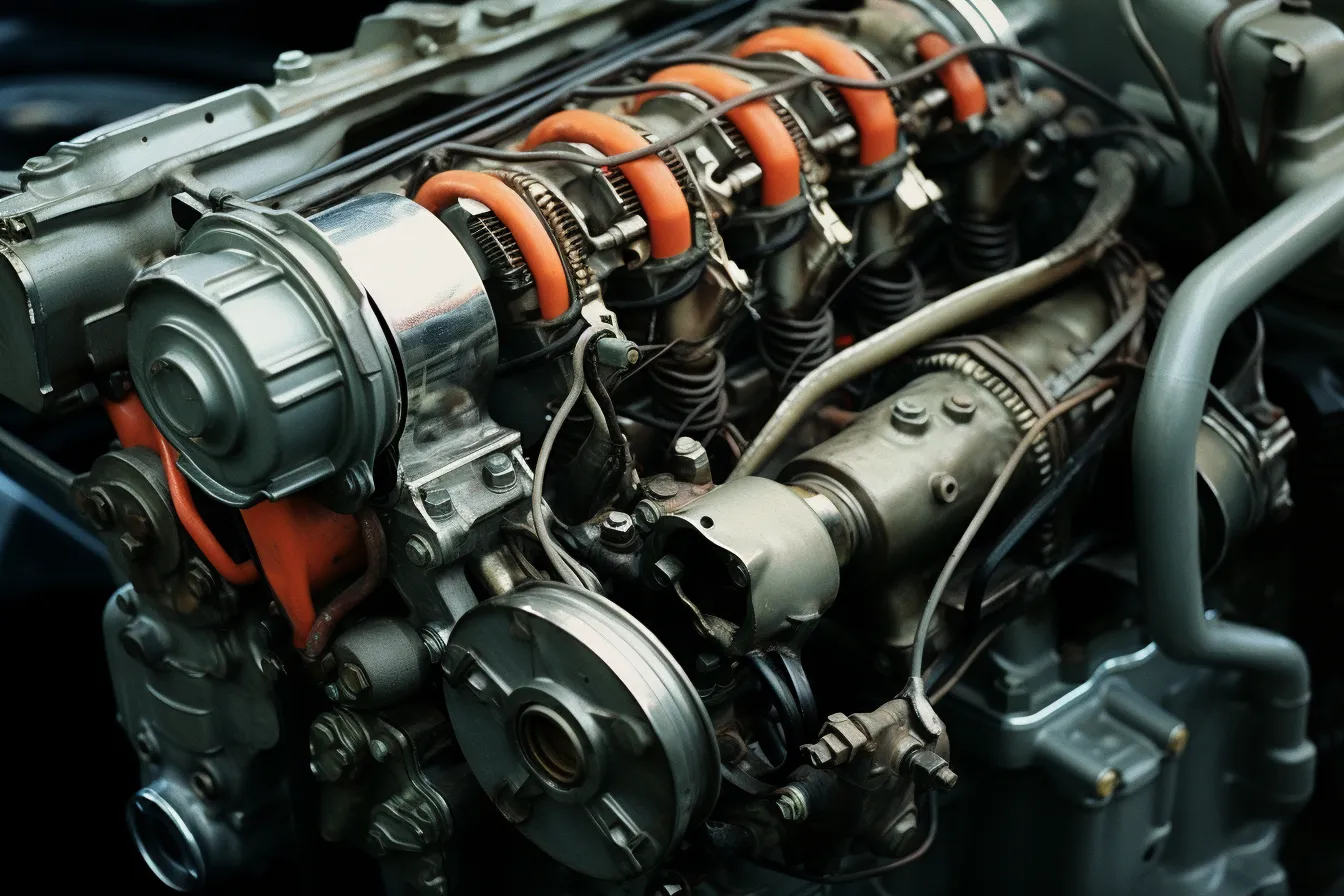The Evolution of Equipment in the 21st Century
Welcome to our comprehensive exploration of the technological advancements in tools and equipment over the past two decades. In this article, we will take a journey through the ever-changing landscape of equipment, discussing the various ways in which technology has revolutionized industries and transformed the way we work. From construction and manufacturing to healthcare and communication, no sector has been left untouched by these rapid advancements. So, fasten your seatbelts and get ready to discover the fascinating evolution of equipment in the 21st century!
1. The Rise of Smart Tools and IoT
In the early years of the 21st century, the world witnessed the emergence of smart tools and the Internet of Things (IoT). These technological marvels have not only increased efficiency but also enhanced precision and accuracy in various industries. Smart tools equipped with sensors and connectivity capabilities have revolutionized the way we interact with equipment. Whether it’s home automation systems, medical devices, or industrial machinery, IoT has enabled seamless communication and data exchange between machines and humans.
In construction, for instance, smart sensors embedded in equipment can monitor structural integrity, temperature, and other crucial factors, ensuring safer and more reliable building practices. This level of automation contributes to improved construction processes, reduced costs, and enhanced overall productivity.
2. The Power of Artificial Intelligence and Machine Learning
In recent years, the integration of artificial intelligence (AI) and machine learning (ML) has propelled equipment evolution to new heights. AI-powered tools and machinery are capable of learning from data, identifying patterns, and making intelligent decisions. This has revolutionized numerous industries, including healthcare, manufacturing, and transportation.
For example, surgical robots driven by AI algorithms can assist surgeons during intricate procedures, making surgeries more precise and minimizing the risk of human error. In manufacturing, machine learning algorithms can analyze vast amounts of data to optimize production processes, improve quality control, and predict maintenance needs. These AI-driven advancements have not only improved efficiency but also enhanced safety and accuracy in various sectors.
3. The Impact of 3D Printing and Robotics
The advent of 3D printing and robotics has brought about a paradigm shift in manufacturing and prototyping processes. By eliminating the need for traditional assembly lines and molds, 3D printing enables the creation of complex and customizable designs with unprecedented ease. This technology has proven especially useful in rapid prototyping, allowing for quick iterations and cost-effective product development.
Furthermore, the integration of robotics has enhanced the speed and precision of manufacturing processes. Collaborative robots, often referred to as cobots, can work alongside human operators, handling repetitive tasks, heavy lifting, and hazardous operations. This not only improves worker safety but also boosts productivity and reduces manufacturing costs.
4. The Future of Equipment in the 21st Century
As we continue to progress further into the 21st century, the evolution of equipment shows no signs of slowing down. Exciting advancements such as virtual reality and augmented reality have already started revolutionizing training and simulations for various industries. These technologies allow workers to acquire new skills through immersive experiences, improving their expertise and reducing the risk associated with on-the-job training.
Additionally, the integration of renewable energy sources and sustainable materials in equipment design is becoming increasingly important. The shift towards environmentally friendly practices aims to reduce the carbon footprint of industries while maintaining productivity and efficiency.
In conclusion, the evolution of equipment in the 21st century has been marked by the rise of smart tools, the integration of artificial intelligence and machine learning, and the emergence of 3D printing and robotics. These advancements have transformed industries, enhancing productivity, accuracy, and safety. As we move forward, it is essential to embrace further technological developments while keeping sustainability in mind. The future holds limitless possibilities for equipment evolution, and it’s up to us to harness these innovations for a better tomorrow.
